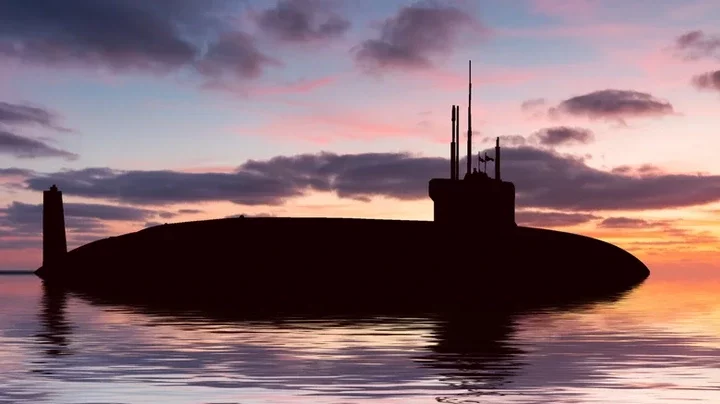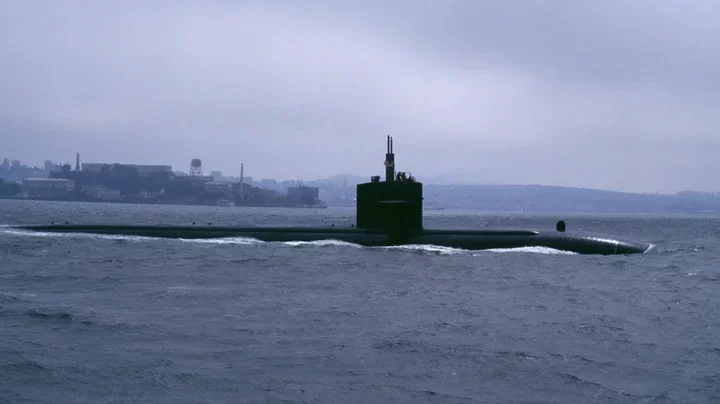
Determining the country with the most submarines in its military arsenal is a bit tricky. Nations often keep their military statistics classified, so exact numbers aren't always available. However, large vessels are impossible to conceal forever, so the estimates of independent sources can prove fairly accurate - even when the country itself isn't forthcoming.
It's also important to recognize that the total number of submarines possessed by a country isn't a great indication of that country's submarine strength. Not all submarines are built the same. If a country wanted to collect World War I relics, they could theoretically possess the most submarines. For example, Russia reportedly has 64 submarines in total, but only around two-thirds are nuclear powered. Meanwhile, the USA has 71 submarines, all of which are nuclear-powered.
This isn't to say that diesel-powered submarines are useless. While the most advanced modern subs are largely nuclear-powered, diesel-powered submarines still have their advantages. Furthermore, older vessels are often outfitted with new technologies to modernize them, giving them superior power compared to their original, antiquated designs.
[Featured image by Kaijō Jieitai via Wikimedia Commons - Cropped and scaled - CC BY 4.0]
The United States Navy: 71 Submarines

The most direct source for the number of submarines possessed by the United States comes from the US government itself. According to the official US Navy website, its current naval fleet consists of "53 fast attack submarines, 14 ballistic-missile submarines, and four guided-missile submarines." That's a total of 71 operational submarines in the US Navy, a number corroborated by independent sources as well.
Thus, not only does the US military have more subs than any other country's military, but it likely also has the most modernized fleet. Every US submarine in service is nuclear powered, and the latest models prove more advanced and deadlier than most people realize. Indeed, the US Navy's submarine fleet is kitted out with all the latest tech, with vessels receiving upgrades and enhancements over time. Furthermore, older vessels are systematically replaced by the latest submarine classes, such as the "Virginia-class" fast-attack subs.
The US submarine fleet is undeniably cutting edge. Around half of the 53 fast-attack submarines in the US Navy are Los Angeles-class models. First commissioned in the mid-70s, a total of 25 vessels of this class remain in service. But though these crafts are getting old in age, they're powered by nuclear reactors that allow them to travel exceptional distances before needing to refuel. "Exceptional" might even be an understatement, since submarine crews worry about everything but refueling.
The Russian Navy: 64 Submarines

According to Nuclear Threat Initiative, Russia possesses a fleet of 64 submarines in total. Within that arsenal, 14 are reportedly nuclear-powered attack subs, 11 are nuclear-powered cruise-missile subs, 16 are nuclear-powered ballistic missile submarines, and the remaining 23 are diesel-powered attack submarines. Compared to the legendary submarine fleets used in World War II, these numbers might seem unimpressive. However, a fleet of 64 submarines in the 21st century is enough to place Russia second on the list.
Considering about one third of the submarines in Russia's naval fleet are diesel-powered rather than nuclear-powered, the modernity of the Russian fleet is questionable. However, many of these Russian boats are far from outdated, and Russia outfits its older vehicles with modern tech and upgrades rather than replacing them, a practice that's common for the largest militaries in the world.
For instance, Russia announced in 2019 plans to release a modern class of nuclear submarines, called "Borei-K-class" submarines. Four years later, two of the Borei-K-class subs had reportedly joined the Russian fleet. But adding fancy new vessels to the Russian Navy isn't the country's main practice. Instead, most Russian submarines are upgraded rather than replaced. The latest example is the "Antey-class SSGN" submarines, twelve of which were the subjects of repairs and upgrades. Such upgrades are expected to extend these submarines' service lives by 20 years.
Thus, while Russia's submarine fleet isn't entirely modernized, it's nonetheless maintained to competently compete in the modern world of warfare. The Russian submarine fleet is the second largest in the world, and it's certainly a force to be reckoned with.
The Chinese Navy: 60 Submarines

According to independent sources, China has the third largest submarine fleet in the world with 60 vessels in total. It's the perfect example of a country with an impressive number of submarines while the actual strength of the individual craft is questionable. While the United States' subs are entirely nuclear-powered, China reportedly possesses a total of 12 nuclear-powered subs in its fleet. Compared to the United States and Russia, China's submarine arsenal is undeniably inferior. But that doesn't mean it's weak.
Six of China's nuclear subs are "ballistic missile" submarines, and the other six are attack submarines. For the rest of the fleet, it appears that China is intent on modernizing.
According to Reuters, 48 Chinese subs are diesel-powered attack submarines, and while China's submarine count falls third behind the US and Russia, the country actually has the world's largest navy. China maintains over 370 ships, and the populous nation's plan to expand its naval fleet includes the addition of next-gen nuclear submarines.
Insight into China's plans for its navy and submarine fleet emerged from an accident that occurred in 2024 when a nuclear-powered Chinese submarine sank while docked at a pier. Of course, China didn't comment, but news of the sinking spread. The accident exposed China's push for a modernized, nuclear-powered submarine fleet, but it also drew questions about the designs and technologies employed for modern submarine crafts.
China may possess the third largest submarine fleet in the world, but the country is clearly on track to expand its naval capacities in the coming years.
















Comments